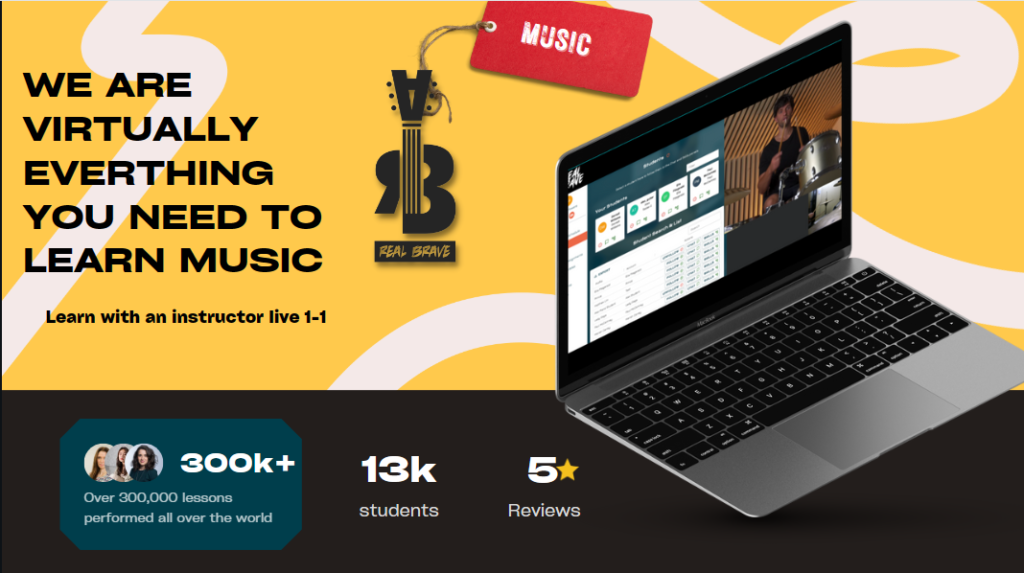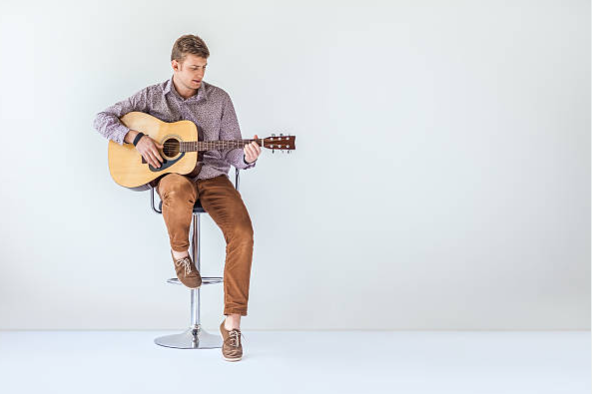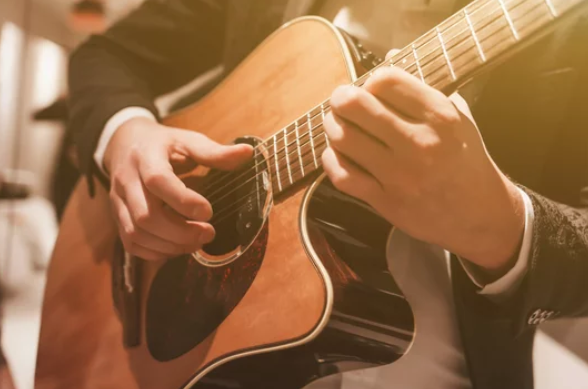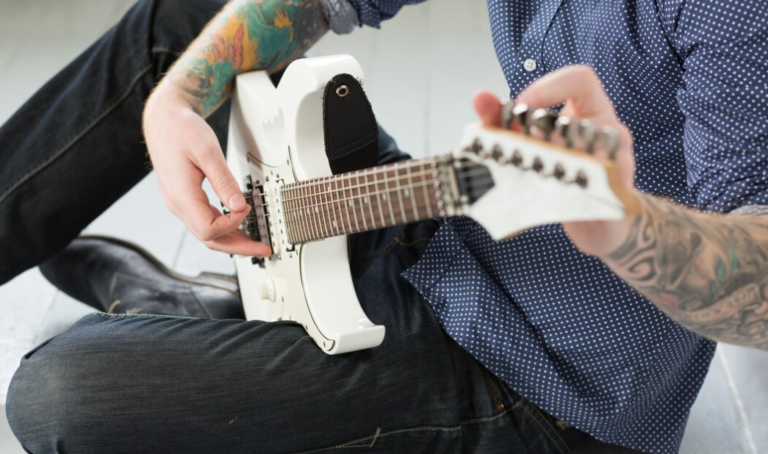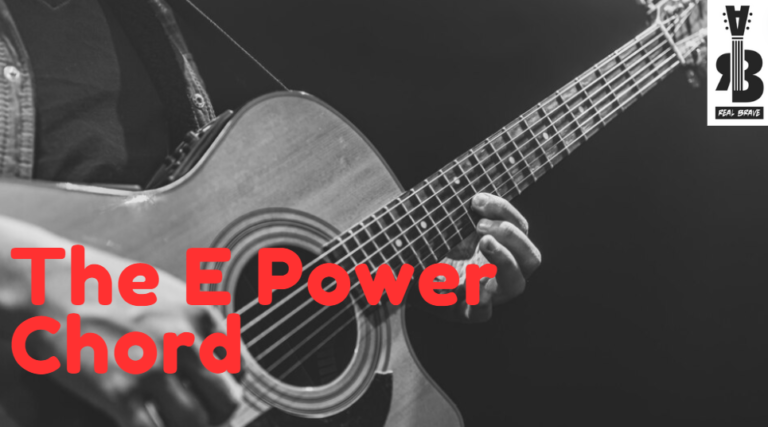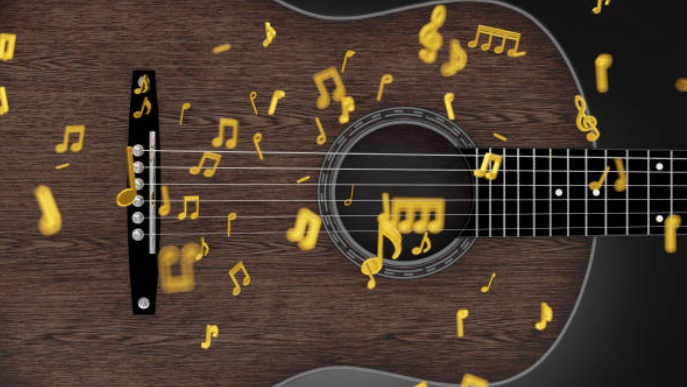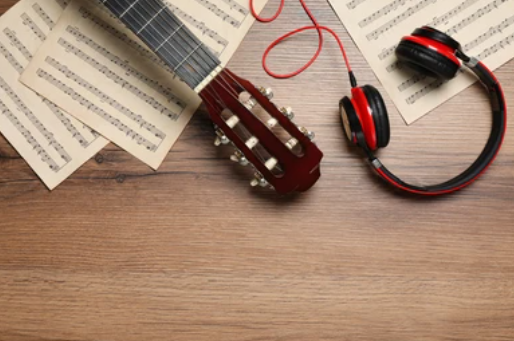Easy! Play The F Sharp Blues Scale on Guitar

The blues scale is a cornerstone of many music genres, from rock to jazz, and learning it can greatly enhance your guitar playing skills. Today, we’ll focus on the F sharp blues scale, a versatile and expressive scale that can add a lot of flavor to your solos and improvisations.
What is the F Sharp Blues Scale?
The F# blues scale or F sharp blues scale is derived from the F# minor pentatonic scale with an added flattened fifth, known as the “blue note.” This note gives the scale its distinctive bluesy sound. The formula for the F# blues scale is:
Root – Minor Third – Perfect Fourth – Diminished Fifth – Perfect Fifth – Minor Seventh
In the key of F#, the notes are:
- F# (Root)
- A (Minor Third)
- B (Perfect Fourth)
- C (Diminished Fifth)
- C# (Perfect Fifth)
- E (Minor Seventh)
How to Play the F Sharp Blues Scale
Let’s break down the scale into manageable steps and positions on the guitar neck.
2nd Position
The first position of the F sharp blues scale starts at the 2nd fret. Here’s how you can play it:

- Low E String: Start with your index finger on the 2nd fret (F#) and play the note. Use your pinky to play the 5th fret (A).
- A String: Move to the A string, play the 2nd fret (B) with your index finger, then the 3rd fret (C) with your middle finger, and finally the 4th fret (C#) with your ring finger.
- D String: Play the 2nd fret (E) with your index finger and the 4th fret (F#) with your ring finger.
- G String: Play the 2nd fret (A) with your index finger and the 4th fret (B) with your ring finger.
- B String: Play the 2nd fret (C#) with your index finger and the 5th fret (E) with your pinky.
- High E String: Play the 2nd fret (F#) with your index finger and the 5th fret (A) with your pinky.
7th Position
The second position shifts up the neck to the 7th fret:

- Low E String: Place your index finger on the 7th fret (B) and your pinky finger on the 10th fret (D).
- A String: Place your index finger on the 7th fret (E) – index finger, continue with your middle finger on the 8th fret (F) and, your ring finger on the 9th fret (F#).
- D String: Place your index finger on the 7th fret (A) and your ring finger on the 9th fret (B).
- G String: Place your index finger on the 7th fret (D), your ring finger on the 9th fret (E), and your pinky on the 10th fret (F).
- B String: Place your index finger on the 9th fret (B) and your middle finger on the 10th fret (C).
- High E String: Place your index finger on the 9th fret (F#), and your middle finger on the 10th fret (G).
Connecting the Positions
To fully utilize the F sharp blues scale, it’s important to connect these positions smoothly. Practice transitioning between the first and second positions. Here’s a simple exercise:
- Start in the first position and play up the scale.
- Slide up to the second position and continue playing.
- Play back down the scale, moving back to the first position seamlessly.
Practical Applications
Licks and Riffs
Once you’re comfortable with the positions, start incorporating the scale into your playing. Create simple licks and riffs using the F# blues scale.
Improvisation
Try improvising over a blues backing track in F#. Use the scale to create solos, focusing on the blue note (C) to add tension and release.
Tips for Mastery
- Slow Practice: Start slow and ensure each note sounds clean and clear.
- Finger Positioning: Use proper finger positioning to avoid unnecessary strain.
- Bending and Vibrato: Add expression to your playing by incorporating techniques like bending and vibrato, especially on the blue note.
- Recording: Record yourself playing the scale and improvising to track your progress and identify areas for improvement.
Final Thoughts
The F sharp blues scale is a powerful tool for any guitarist. By learning and practicing it, you’ll be able to add a new dimension to your playing. Remember, the key to mastering any scale is consistent practice and application in musical contexts. Happy playing!
If you’re interested in learning an instrument, at Real Brave, we offer an incredible experience like no other place in music lessons for kids and adults by guiding them from the beginning stages of getting to know an instrument all the way through performing for family and friends on stage. Our instructors come from all over the world, bringing extensive experience on a wide range of instruments. Click below and book a free lesson with us!
Author: Daniel Powers Jr, the founder of Real Brave™, serves as the chief inspiration to thousands of students in the Real Brave music instruction program. He’s also the visionary behind PracticePad™, an online platform for live one-on-one online music lessons, lesson tracking, and scheduling. Beyond his entrepreneurial pursuits, Daniel leads a non-profit organization that provides formerly homeless children with access to music education, making a profound impact on their lives. His unwavering dedication to music, innovation, and education continues to inspire individuals to reach their fullest potential while creating positive change in communities. Follow Real Brave on all the socials:
youtube.com/@realbraveinc
twitter.com/realbraveinc
https://www.tiktok.com/@realbraveinc
instagram.com/realbraveaudio
facebook.com/realbraveinc
